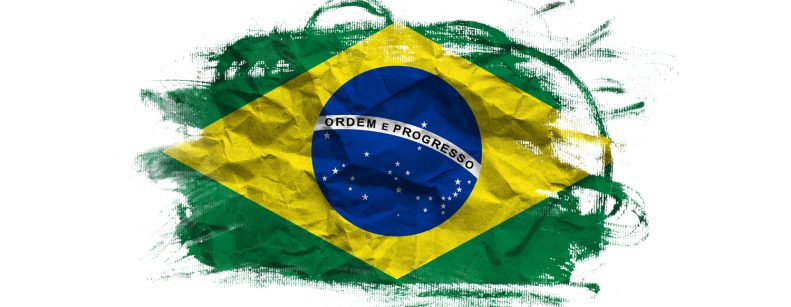
The Brazilian economy posted higher-than-expected growth in the last quarter of 2023, bringing total growth for the year to 2.45%, according to data from the Central Bank of Brazil's economic activity index. The greater dynamism recorded in December contrasts with very little economic activity in previous months, partly due to the high cost of credit due to high interest rates. The benchmark rate, the Selic, remained between September 2022 and July 2023 at 13.75%, its highest level since 2016.
Brazil's growth is the highest among the major Latin American economies after Mexico, which grew by 3.1% last year, in a year that marked a historic record in foreign direct investment flows -more than 70% of which corresponded to reinvestment- and remittances. Colombia, meanwhile, shows a growth of 0.6%, while Peru is projected to shrink by 0.5% and Chile is projected to show zero growth.
Brazil recorded a higher-than-expected increase in industrial production in December and early indicators of tax collection and exports suggest that the economy's dynamism will be maintained in the first quarter of 2024, although high interest rates are still affecting retail growth. The Central Bank began in mid-year a process of cutting rates, reducing the Selic to 11.5% in January.
Most economists forecast, however, lower growth in 2024 than in 2023, despite plans by President Luiz Inácio Lula da Silva's government to boost industrial production by providing subsidized financing.